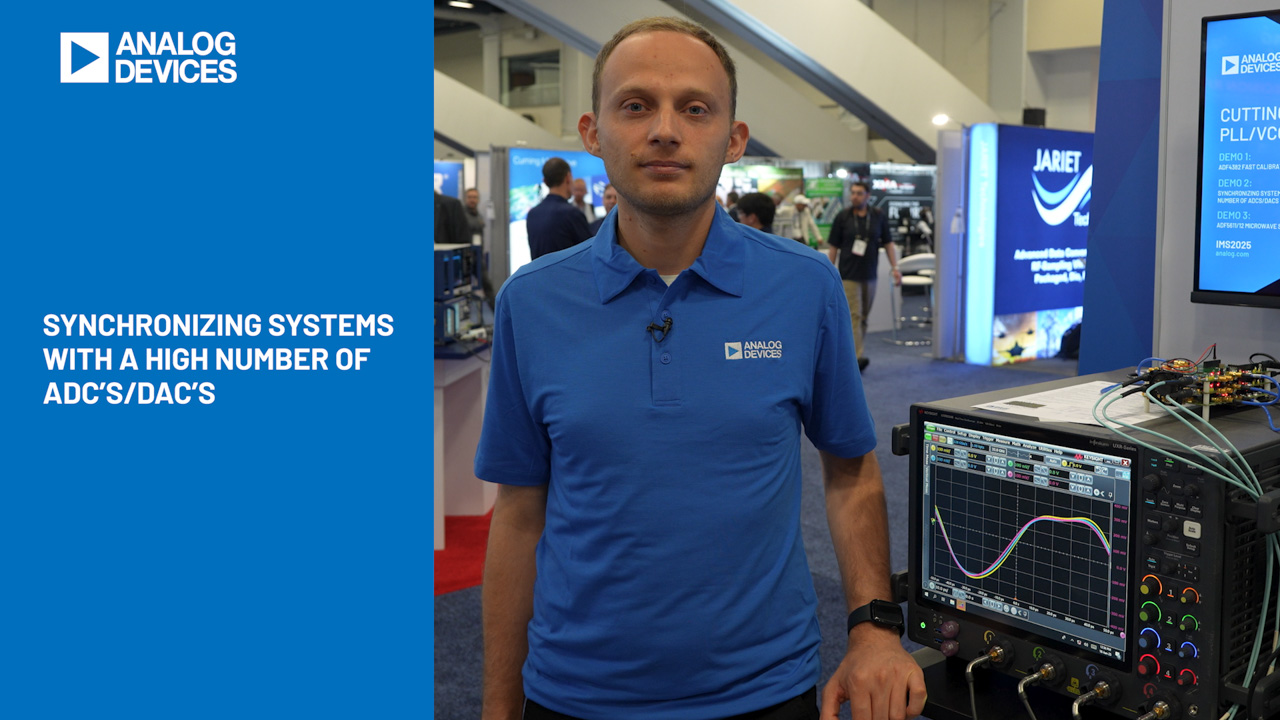Tuning the MAX2640 Low-Noise Amplifier (LNA) for a 470MHz to 770MHz ISDB-T Application
Abstract
The MAX2640 is a low-cost, low-noise amplifier designed for applications operating in the 400MHz to 2500MHz frequency range. This application note presents the RF-matching circuits needed to tune the MAX2640 for operation in a 470MHz to 770MHz ISDB-T application. The optimized circuit achieves the following performance characteristics: the noise figure is < 1.2dB, gain is > 15dB, input return loss is < -3dB, output return loss is < -12dB, IIP3 is > -18dBm, and input P1dB is > -26dBm over the entire operating band.
Introduction
The MAX2640 is a low-cost, low-noise amplifier (LNA) designed for applications operating in the 400MHz to 2500MHz frequency range. This device operates from a wide supply-voltage range of +2.7V to +5.5V and typically consumes just 3.3mA of current while providing a low-noise figure, high gain, and high input IP3.
Integrated Services Digital Broadcasting (ISDB) is a digital television and radio format created by Japan for broadcasting digital multimedia services. ISDB-T is the core standard for terrestrial and mobile multimedia applications. ISDB-T utilizes 6MHz wide channels in the 470MHz to 770MHz frequency band, with each channel subdivided into 13 equal-bandwidth segments. The use of segmented channels allows flexibility in the services provided, as various combinations of the segments can be used to transmit services requiring different degrees of bandwidth (e.g. HDTV, SDTV, digital radio, etc.). Mobile applications utilize only 1 of the 13 segments.
Analog Devices currently offers the MAX2160 and MAX2161/MAX2162 complete integrated tuners for ISDB-T applications. With proper tuning, the MAX2640 LNA can be added to the front-end of an ISDB-T tuner to improve the system's noise figure and increase gain. This application note presents matching circuits that can be used to optimize the MAX2640's performance for operation in ISDB-T applications.
Optimizing LNA Performance
Using proper matching components for a specific frequency range improves the performance of an RF amplifier. The correct source and load impedance must be presented to the amplifier input and output in order to ensure optimum signal transfer between system elements while minimizing the amount of noise the amplifier adds to the signal. Often the source and load impedance for the optimal noise figure is not equal to the required source and load impedance for maximum gain. In order to optimize the performance of a low-noise amplifier, the input- and output-matching circuits must be tuned to tradeoff between noise figure, return loss, and gain.
The MAX2640 evaluation kit enables the fast prototyping and evaluation of the MAX2640. This application note employs a MAX2640EVKIT to optimize the input and output match.
First, we will examine the inherent gain and stability of the MAX2640. The MAX2640's VCC line allows for flexible placement of the VCC bypass capacitor, thus allowing the amount of inductance in series with the VCC pin to be varied. The amount of inductance in series with the VCC pin has a nonnegligible effect on the amplifier and gives an additional parameter that can be tuned to improve performance. Previous analysis of the MAX2640 has shown that placing the VCC bypass capacitor approximately 4mm to 5mm away from the VCC pin provides a good tradeoff between inherent gain and stability (refer to Application Note 3571: S-Parameter Measurements and Stability Analysis for the MAX2640 LNA).
In an amplifier with poor reverse isolation, the output match cannot be tuned without affecting the match at the input. However, due to the high isolation between the output and input on the MAX2640, the input and output match can be tuned independently. In this application note, the output match is tuned first to optimize gain and output return loss.
Next, we must optimize the input match. The broad operating bandwidth required for this application increases the complexity of input tuning. In order to ensure a reasonably flat gain and noise figure over the band, some additional tradeoffs must be made. In this application note, we will focus on minimizing the noise figure while maintaining constant gain over the band. In order to achieve this, we must sacrifice input return loss. A T-network match is used at the LNA input in order to provide a broadband match; a DC-blocking capacitor is also required at the LNA input.
Figure 1 illustrates the final circuit, while Table 1 provides the component list.

Figure 1. Presents a circuit for tuning the MAX2640 for a 470MHz to 770MHZ ISDB-T application.
| DESIGNATOR | DESCRIPTION |
| C1 | 470pF ceramic cap (0603), Murata GRM1885C1H471JA01B |
| C2 | 15pF ceramic cap (0603), Murata GRM1885C1H150JA01B |
| C3 | 10µF ceramic cap (1206), AVX TAJA106D010R |
| C4 | 470pF ceramic cap (0805), Murata GRM40COG471J50V |
| C5 | 3.9pF ceramic cap (0603), Murata GRM1885C1H3R3CZ01B |
| L1 | 10nH wire-wound inductor (0603), Coilcraft 0603CS-10NXJBC |
| L2 | 22nH wire-wound inductor (0603), Coilcraft 0603CS-22NXJBC |
Performance
Using the circuit shown above, the MAX2640's performance is measured at VCC = +2.8V and TA = +25°C. At the center of the band, the LNA achieves a 1.05dB noise figure, 15.1dB of gain, -5dB input return loss, -16.5dB output return loss, IIP3 of -16dBm, and input P1dB of -26dBm. Over the entire band, the noise figure is less than 1.2dB, gain flatness is approximately ±0.1dB, input return loss is less than -3dB, output return loss is less than
Board loss up to the input- and output-matching components has been de-embedded from all measurements. To ensure accuracy, the noise figure was measured in a Faraday cage. Performance over the band is shown in Figures 2–5.

Figure 2. Illustrates the optimized noise figure vs. frequency.

Figure 3. Illustrates optimized gain vs. frequency.

Figure 4. Illustrates optimized input/output return loss vs. frequency.

Figure 5. Illustrates optimized IIP3/P1dB vs. frequency.




















